Paul Krugman admits being wrong on globalization
Paul Krugman and other mainstream trade experts are now admitting that they were wrong about globalization: It hurt American workers far more than they thought it would.
Paul Krugman has never suffered fools gladly. The Nobel Prize-winning economist rose to international fame—and a coveted space on the New York Times op-ed page—by lacerating his intellectual opponents in the most withering way. In a series of books and articles beginning in the 1990s, Krugman branded just about everybody who questioned the rapid pace of globalization a fool who didn’t understand economics very well. “Silly” was a word Krugman used a lot to describe pundits who raised fears of economic competition from other nations, especially China. Don’t worry about it, he said: Free trade will have only minor impact on your prosperity.
Now Krugman has come out and admitted, offhandedly, that his own understanding of economics has been seriously deficient as well. In a recent essay titled “What Economists (Including Me) Got Wrong About Globalization,” adapted from a forthcoming book on inequality, Krugman writes that he and other mainstream economists “missed a crucial part of the story” in failing to realize that globalization would lead to “hyperglobalization” and huge economic and social upheaval, particularly of the industrial middle class in America. And many of these working-class communities have been hit hard by Chinese competition, which economists made a “major mistake” in underestimating, Krugman says.
It was quite a “whoops” moment, considering all the ruined American communities and displaced millions of workers we’ve seen in the interim. And a newly humbled Krugman must consider an even more disturbing idea: Did he and other mainstream economists help put a protectionist populist, Donald Trump, in the White House with a lot of bad advice about free markets?
To be fair, Krugman has been forthright in recent years in second-guessing his earlier assertions about the effects of open trade. He has also become a leading and sometimes harsh critic of his own profession, especially in the aftermath of the financial crisis and Great Recession, when he declared that much of the past 30 years of macroeconomics was “spectacularly useless at best, and positively harmful at worst.” He admirably held the Obama administration to account for its timid financial and economic reforms. He even had some kind things to say about proto-progressives such as Robert Reich, the former Clinton administration labor secretary who worried about global competition and sought better protections and retraining for American workers, and whom Krugman had once dismissed to me—back in his lacerating days in the ’90s—as an “offensive figure, a brilliant coiner of one-liners but not a serious thinker.”
“I’m glad he’s finally seen the light on trade,” Reich told me in an email. Krugman, in another email, wrote: “I regret having said that about Reich, but if he foresaw hyperglobalization or the localized effects of the China shock, that’s news to me.”
Yet it has taken an awful long time for economists to admit that their profession has been far too sure of itself—or, as a penitent Krugman put it himself in a 2009 article in the New York Times Magazine, that “economists, as a group, mistook beauty, clad in impressive-looking mathematics, for truth.” As the journalist Binyamin Appelbaum writes in his book, The Economists’ Hour: False Prophets, Free Markets, and the Fracture of Society, economists came to dominate policymaking in Washington in a way they never had before and, starting in the late 1960s, seriously misled the nation, helping to disrupt and divide it socially with a false sense of scientific certainty about the wonders of free markets. The economists pushed efficiency at all costs at the expense of social welfare and “subsumed the interests of Americans as producers to the interests of Americans as consumers, trading well-paid jobs for low-cost electronics.”
David Autor, an economist at the Massachusetts Institute of Technology (MIT) whose documentation of the surprising effects of China’s rapid rise on the U.S. labor market is cited by Krugman in his essay, gives the Times columnist a lot of credit for admitting error. “How rare is that?!” Autor wrote via email. He said he doesn’t blame Krugman or other defenders of “the prior consensus” for making faulty predictions about trade. “I honestly think that getting this one right ex ante would have been akin to accurately forecasting the date, time and location of an earthquake.” The bigger problem was the pro-free trade zeitgeist, Autor said. “I think that the received wisdom inhibited economists from closely evaluating the evidence of what was underway. … One could say that there was something of a guild orthodoxy: The key dictum was that policymakers should be told that trade was good for everyone in all places and times.”
Dani Rodrik, a Harvard University economist who in 1997 published a then-heretical book called Has Globalization Gone Too Far?, said last week that he wrote it precisely because he believed that “the profession was so blasé about globalization.” Now his views are mainstream, and Rodrik is president-elect of the International Economic Association. But the economists have barely begun to clean up the mess they left behind, as a recent conference on inequality at the Peterson Institute for International Economics in Washington, organized by Rodrik and former International Monetary Fund (IMF) chief economist Olivier Blanchard, made clear. And now in some ways it’s too late because, as Rodrik says, it’s not even possible to have a reasonable discussion under Trump. The U.S. president has effectively discarded modern economics, reembraced crude protectionism, and, like the mercantilists of the pre-Adam Smith era, appears to see trade as a zero-sum game in which surpluses are in effect profits and deficits are losses. His ignorance of basic economics “is without parallel among modern American presidents,” Appelbaum writes in The Economists’ Hour.
Yet Trump has been able to launch an unprecedented trade war, exploiting the public’s mistrust and fear of China, thanks in part to the economists’ early misreadings—specifically of how swiftly China’s economic surge would displace so many U.S. industrial jobs. As Krugman now acknowledges, “manufacturing employment fell off a cliff after 2000, and this decline corresponded to a sharp increase” in the U.S. trade deficit, especially with China. Those numbers, in turn, have tended to lend credence to Trump’s mercantilist notions, no matter how spurious.
“One of the most perverse effects of Trump was that it completely erased any reasonable discussion” about how to address trade, inequality, and the right degree of protection for workers, Rodrik said. And this, too, is a downstream effect of the bad advice economists delivered about free trade going back to the ’90s.
Or as MIT’s Autor put it: “Ultimately this policy boosterism blinded policymakers to the potentially grave consequences of trade shocks and likely lulled us into underpreparing for these shocks (e.g., we had a paltry safety net and retraining policies on hand). It led us somewhat blithely into a non-negligible policy disaster (AKA the China Shock) and provoked a public backlash that has rendered free trade toxic in the U.S. policy debate. There’s an irony for you: trade boosterism has ultimately hurt the cause of free trade.”
Asked whether the mistakes made by him and other economists helped lead to the rise of Trump, Krugman responded: “We’re still debating this, but as far as I can tell Trump’s trade policy isn’t resonating with many people, even his blue-collar base. So it’s kind of hard to blame trade analysts for the phenomenon.”
Others would disagree. Part of the problem is that, back in the ’90s, when the post-Cold War consensus was just emerging, economists tended to take a simplistic either-or view of trade—either you were a free trader or a protectionist—and forced people to choose sides. Krugman was one of them, adopting by and large the free trade position, which was ironic considering that his Nobel-winning work in economics was far more nuanced than his books and columns (and actually helped lay the intellectual foundations for smart strategic trade policy).
Yet there were others in the policy debates—such as Rodrik, Reich, and Laura D’Andrea Tyson, who led former President Bill Clinton’s Council of Economic Advisers—who were far more worried about rapid globalization. They dared to question the pro-free trade consensus or at least, in Tyson’s case, to push for government-led industrial policy that would sharpen American competitiveness at a time when, after the Cold War, many newly liberalized nations were piling into the global economy at a great rate. This idea also was anathema to Krugman.
“Dani was way ahead of his time,” Autor said. “He was worried not about sudden shocks per se but about the way that globalization hemmed in the policy options of open economies (options for financing social insurance, taxing increasingly mobile capital, etc). That was and is a deep point. … Meanwhile, Laura Tyson was advocating forward-looking industrial policy at a time when industrial policy was the Voldemort of policy tools.” Those who have studied Krugman’s work closely, like Autor, say that of course he understood that just the right kind of industrial policy could help build competitive sectors. But Autor added: “I suspect that economists feared that stating these points aloud to policymakers would be like handing a loaded weapon to a impetuous child.”
Krugman maintains that his new mea culpa “was a fairly narrow one” about how trade would affect lower-wage workers and exacerbate inequality. That is true. But after the Cold War ended, the debate over trade (Krugman’s Nobel-winning specialty) became a proxy for a larger intellectual struggle over free markets versus government intervention. And Krugman played a major part in attacking what he saw as economic ignorance by “strategic traders” who argued that U.S. jobs and wages might be seriously affected by competition from cheap labor in the developing world. When William Greider, the former Washington Post journalist, warned in a deeply reported book called One World, Ready or Not: The Manic Logic of Global Capitalism that developing nations were gearing up for major industrial competition that would mean “[s]ome sectors of Americans are triumphant and other sectors are devastated,” Krugman called it a “thoroughly silly book.” When Michael Lind, another prominent public intellectual, suggested (accurately) that U.S. productivity growth might not be enough to offset “the global sweatshop economy,” Krugman declared Lind to be ignorant of economic “facts” and said that “one should not expect someone who does not work in the field to be able to get it right without some guidance.” Krugman was no less kind to fellow economists who dared to question the free trade consensus. When Tyson was chosen to head Clinton’s Council of Economic Advisers in 1993, Krugman said she lacked the “necessary analytical skills.”
It was all just bad economics, Krugman said. Don’t worry so much about what all the other countries are up to; things will even out thanks to neoclassical concepts such as comparative advantage, which allows all nations to benefit from open trade. Indeed, those who advocated anything resembling government interference in markets and “fair trade” (more tariffs, unemployment insurance, and worker protections) over “free trade” were usually branded protectionists and excluded from the debate. Clinton, reveling in his reputation as the “globalization” president, barely held a meeting on the fate of the industrially displaced. When his old Rhodes Scholar pal from the University of Oxford, Labor Secretary Reich, openly advocated reinvestment in education, training, and infrastructure at a time when Clinton was keen on deficit-cutting, Reich was also edged out of the conversation and, eventually, the administration.
Some ex-Clintonites such as Gene Sperling, the former head of the National Economic Council, argue that the debate was never so stark. “Clinton cared about the middle class,” he told me. And had the Democrats continued in power, they would have worked much harder to bring China into compliance with trade norms, for example by enforcing “anti-surge” protections—required of China as part of its World Trade Organization membership negotiated by Clinton in 1999—against the dumping of huge amounts of cheap product that undercut U.S. jobs, Sperling said. “People think that the only difference with Al Gore [in the 2000 presidential election] was the Iraq War, but another huge difference would have been that Gore would have gone way beyond anything [George W.] Bush did to protect manufacturing,” Sperling said. (A new book by the former Washington Post economics reporter Paul Blustein, Schism: China, America, and the Fracturing of the Global Trading System, also concludes that the Bush administration let China get away with far too much, including artificially devaluing its currency to boost exports—which led ultimately to Trump’s claim that China had committed “rape” of the U.S. economy.)
Other former Krugman victims still blame him for his misjudgments and are not so assuaged by his penitence. “This is not bad as mea culpas go, but if you read through to the end, Krugman persists with the oversimplified dichotomy of free trade versus protectionism, ignoring such successful hybrids as East Asian neo-mercantilism,” said Robert Kuttner, the co-editor of the American Prospect and a much-cited progressive thinker. “This is all the more bizarre because the young Krugman came to prominence demonstrating that [national] competitive advantage could be created, something that any non-economist student of economic history could have told him.”
Krugman, in his defense, has always believed in protections for the middle class, including better health care and education (his old Times blog was titled “The Conscience of a Liberal”), and he says now that just because he has admitted errors on trade doesn’t mean he ever endorsed the so-called Washington Consensus—the neoliberal (that is, pro-free trade) view that regularly came down on the side of fiscal discipline, rapid privatization, and deregulation. “I guess the point is that conceding that we got some things wrong doesn’t mean that every critic was right; it depends on what they said, and as far as I know almost nobody foresaw the massive rise in trade or focused at all on localized regional impacts,” Krugman told me.
But there were deeper conceptual problems with the pro-globalization consensus as well. Another Nobel-winning economist, Joseph Stiglitz, who like Rodrik warned back in the ’90s of the disruptive effects of too rapid lowering of trade and capital barriers, told me that the problem with “standard neoclassical analysis” was that it “never paid any attention to adjustment. Labor market adjustment miraculously happened costlessly.” Like Tyson and Reich, Stiglitz, who served as a chair of Clinton’s Council of Economic Advisers, was an outlier at the time, seeking (but failing) to slow the pace of international capital flows. He also argued that “typically jobs were destroyed far faster than new jobs were created.”
Krugman, in his essay, admits that the economists like him in favor of the ’90s consensus behind free trade—who thought that the effects on labor would be minimal—“didn’t turn much to analytic methods that focus on workers in particular industries and communities, which would have given a better picture of short-run trends. This was, I now believe, a major mistake—one in which I shared a hand.”
But there were plenty who did pay attention to how the old verities about open trade and comparative advantage were no longer as telling, displaced by new trends such as global supply chains, which shifted huge numbers of jobs overseas and took out whole communities. Krugman himself eventually concluded in a 2008 academic paper that because of these supercomplex supply chains, “the changing nature of world trade has outpaced economists’ ability to engage in secure quantitative analysis.”
As Stiglitz put it to Foreign Policy: “Obviously, the costs [of globalization] would be borne by particular communities, particular places—and manufacturing had located [to] places where wages were low, suggesting that these were places where adjustment costs were likely large.” And it’s increasingly clear the detrimental effects may not be merely short-term trends. The swift opening up of trade with developing countries, combined with investment agreements, has “dramatically changed workers’ bargaining power (an effect reinforced by weakening unions and other changes in labor legislation and regulation).”
That in turn has forced the rethinking of another major dimension of traditional economics. Economists once believed that low unemployment led to inflation, but today that relationship, called the standard Phillips curve, has broken down, the Economist wrote in a recent cover story. The main loser, again, is the American worker. Whereas economists used to believe that workers, during boom times, could drive up their compensation (thus leading to inflation), the emerging economic wisdom now suggests something different: After a quarter century in which multinationals have turned the whole globe into their economic turf (while workers usually have to stay in their home countries), globalized capital—manifesting itself as multinational supply chains—has the upper hand over domestic labor.
Hence, economists themselves are surprised at how quickly the mainstream of their profession has moved leftward—as many of them found at 2019’s conference on inequality. And when it comes to 2020 U.S. election politics, the profession is much more with progressives like Elizabeth Warren and Bernie Sanders, some of the participants said, than the centrist Joe Biden—open to radical solutions that give back bargaining power to labor (for example, Warren’s proposal to give workers a large place on corporate boards). “I came here as a French socialist, and now I find I’m in the center,” joked former IMF chief economist Blanchard.
And this may be the ultimate downstream effect of all those misreadings dating back to the ’90s. “People,” Tyson remarked, “missed how fast things could change.”
Michael Hirsh is a senior correspondent and deputy news editor at Foreign Policy. Twitter: @michaelphirsh.
Source: Economists on the Run














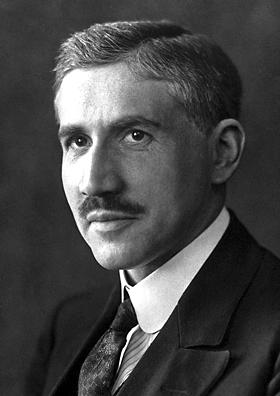


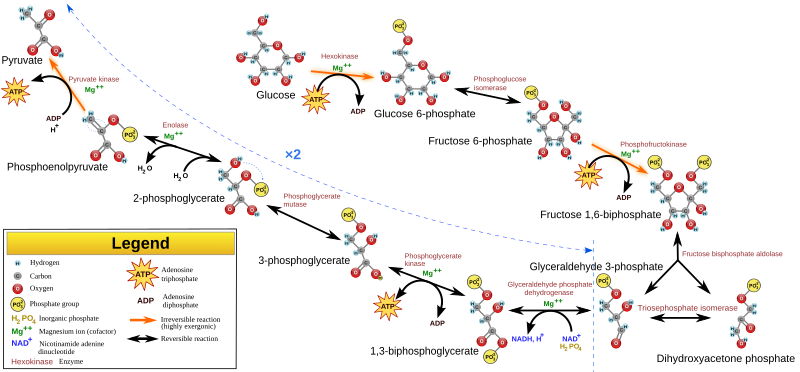

 Kelleigh Nelson –
Kelleigh Nelson – Where are the indictments of the Deep State Criminals? How long must we wait?
Where are the indictments of the Deep State Criminals? How long must we wait? As President Bush’s most notorious CIA insider from 1973 to 1977, and as the AG from 1991 to 1993, Barr wreaked havoc, flaunted the rule of law, and proved himself to be one of the CIA/Deep State’s greatest and most ruthless champions and protectors.
As President Bush’s most notorious CIA insider from 1973 to 1977, and as the AG from 1991 to 1993, Barr wreaked havoc, flaunted the rule of law, and proved himself to be one of the CIA/Deep State’s greatest and most ruthless champions and protectors. Security Agency, Federal Bureau of Investigation, and the Internal Revenue Service.Barr stonewalled and destroyed the Committee investigations into CIA abuses.
Security Agency, Federal Bureau of Investigation, and the Internal Revenue Service.Barr stonewalled and destroyed the Committee investigations into CIA abuses.


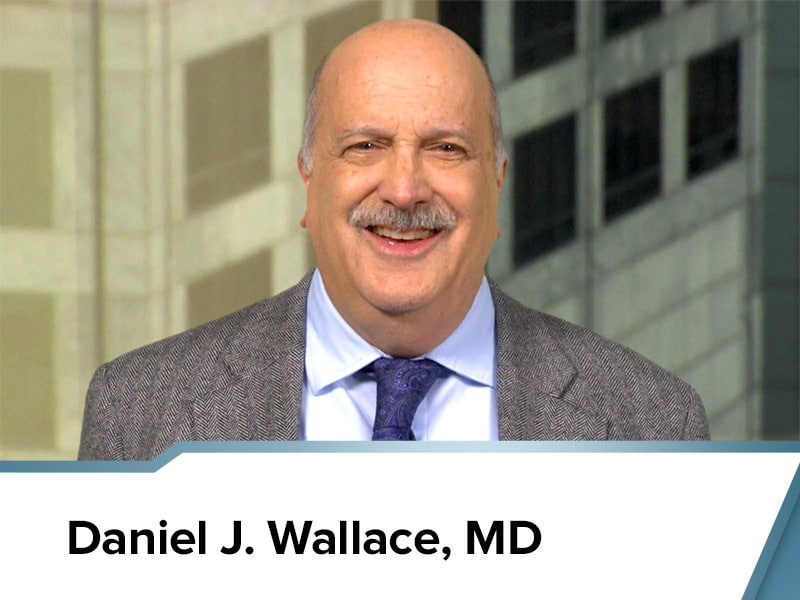
 by Sarah Wood –
by Sarah Wood –











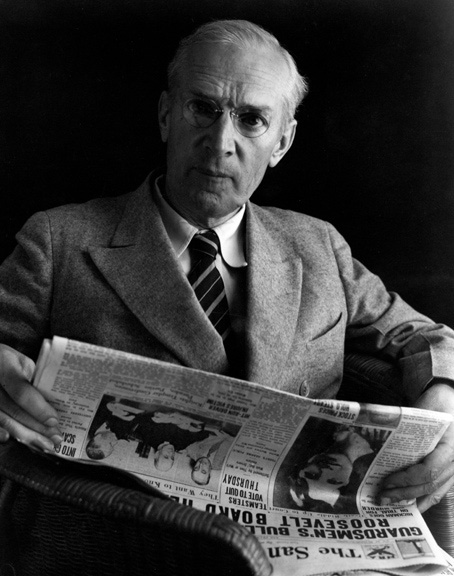
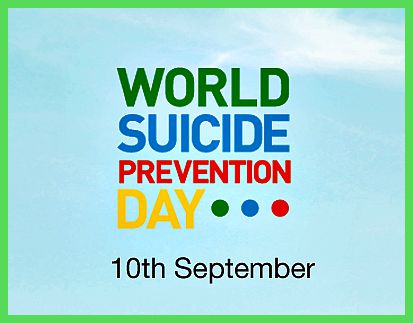

Has anyone tried to get this info into the hands of appropriate sources?